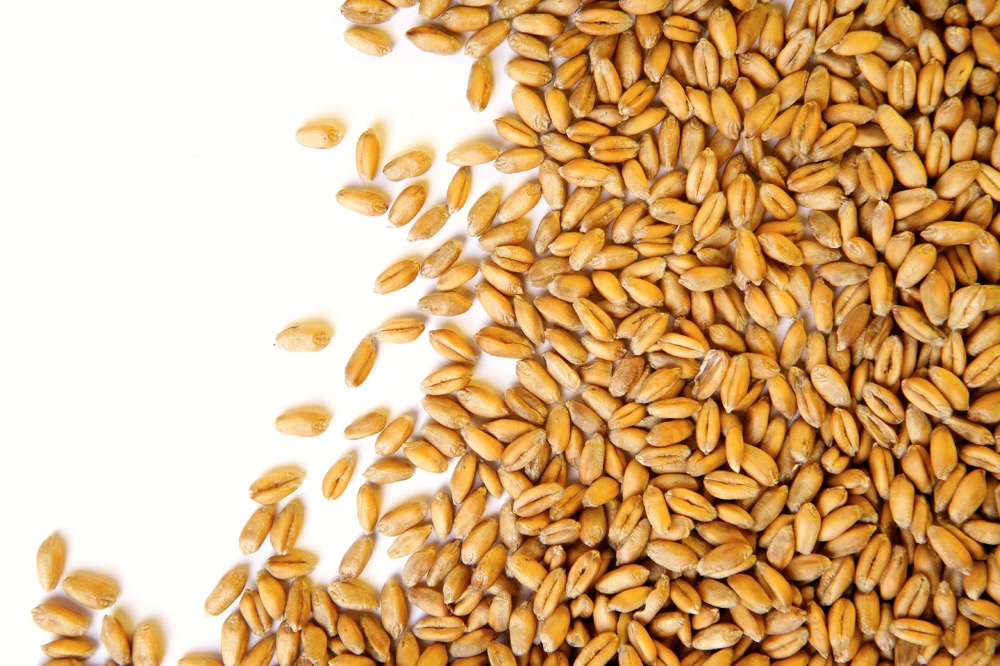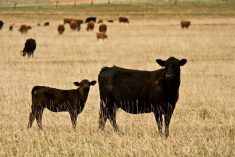Compared to last week, western Canadian feeder cattle traded $2-$4 on either side of unchanged.
Steady demand was noted on 800-plus-pound cattle, but calves and lighter weights experienced softer buying interest. Favourable weather and optimal pen conditions along with firmer live cattle futures supported the yearling market. Imports of U.S. corn continue to run 10-14 days behind schedule. In southern Alberta, backgrounded cattle experienced minor slippage with quality packages at a slight discount to central Alberta auctions. There was no problem securing ownership this past week. Some larger feedlots appeared to be absent from the overall market this week. The yearling market was relatively flat across Western Canada.
Read Also

IGC raises 2025/26 world wheat crop forecast
The International Grains Council has raised its forecast for 2025/26 global wheat production with crop outlooks upgraded for Russia, the United States and Argentina.
Order buyers had limited interest for calves in Alberta and western Saskatchewan. Central and southern Alberta along with southwestern Saskatchewan have received less than 40 per cent of normal precipitation over the past 30 days. It’s déjà vu from last year.
Eastern Saskatchewan and Manitoba are in good shape in regards to moisture. In some cases, Manitoba markets were reporting calf prices up $4 to as much as $6 higher on quality packages. U.S. calf markets continue to trade at a sharp premium to Manitoba values and steady demand was noted from south of the border. The proximity to surplus feed grains appears to be driving the calf market higher in these eastern Prairie regions.
South of Edmonton, a group of Charolais-based steers weighing 855 lbs. with full health records on limited barley and silage diet were valued at $186. In the same region, Simmental/Angus-blended heifers on barley and silage diet with full health records on the Verified Beef Plus program weighing 870 lbs. were quoted at $170. Near Lethbridge, medium- to larger-frame black steers with average to heavier butter weighing 860 lbs. dropped the gavel at $182; medium-frame Hereford-based heifers with variable flesh levels averaging 815 lbs. were valued at $175.
In central Alberta, red Angus weaned steers on light grain and silage diet with full health records averaging 625 lbs. sold for $210; Angus-based heifers averaging 575 lbs. were valued at $194 in the same region. In Manitoba, Charolais weaned steers averaging 635 lbs. sold for $228 but black mixed semi-weaned steers averaging 630 lbs. were quoted at $218. In western Manitoba, Simmental-based 535-lb. steers were valued at $229.
Alberta packers were buying fed cattle at $161 on a live basis. Using a current exchange rate, the Nebraska live price was reported at C$172. There appears to be a backlog of market-ready supplies of fed cattle in Alberta which is tempering the upside in the feeder market.
— Jerry Klassen is president and founder of Resilient Capital, specializing in proprietary commodity futures trading and market analysis. Jerry consults with feedlots on risk management and writes a weekly cattle market commentary. He can be reached at 204-504-8339 or via his website at ResilCapital.com.













